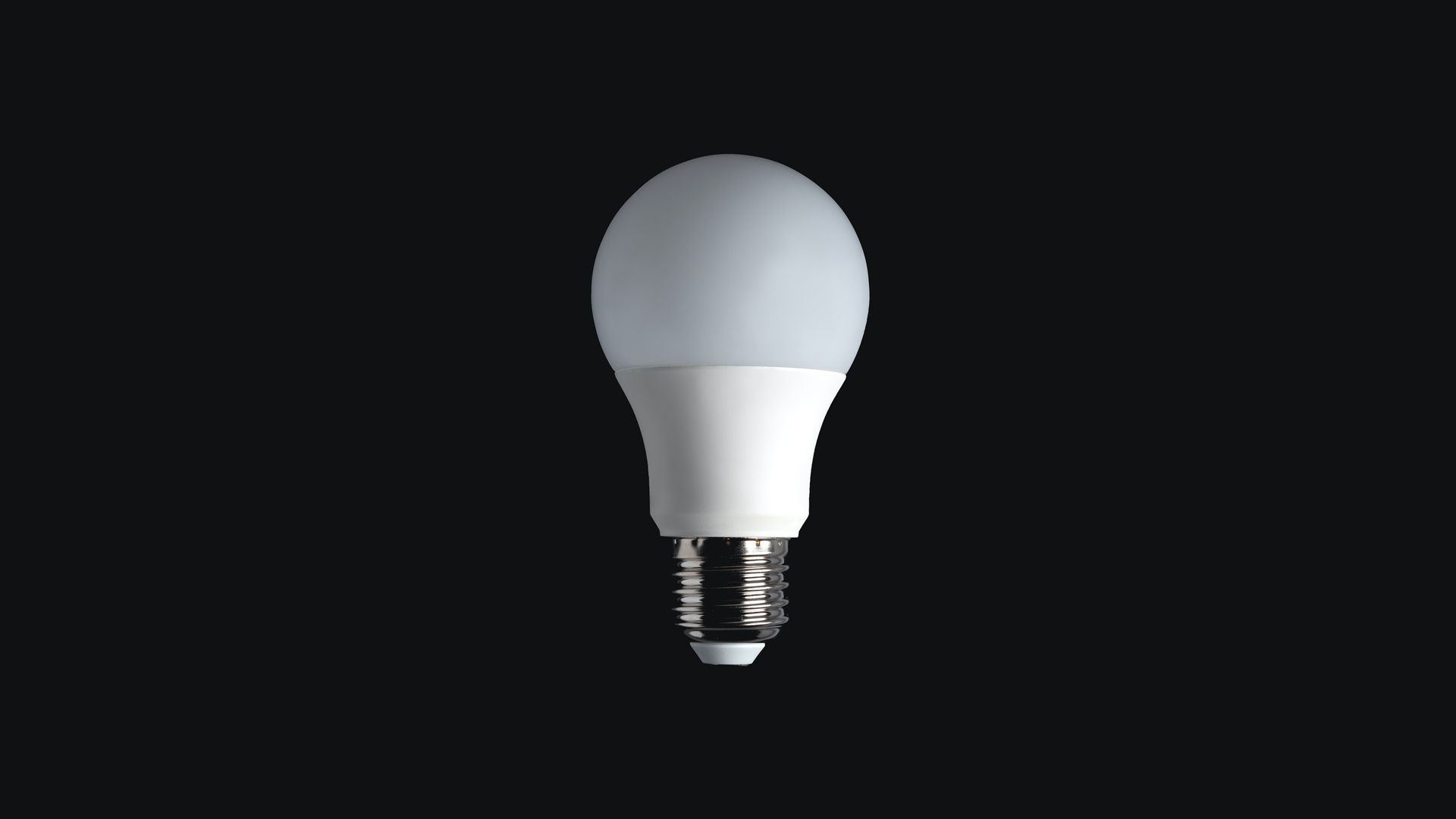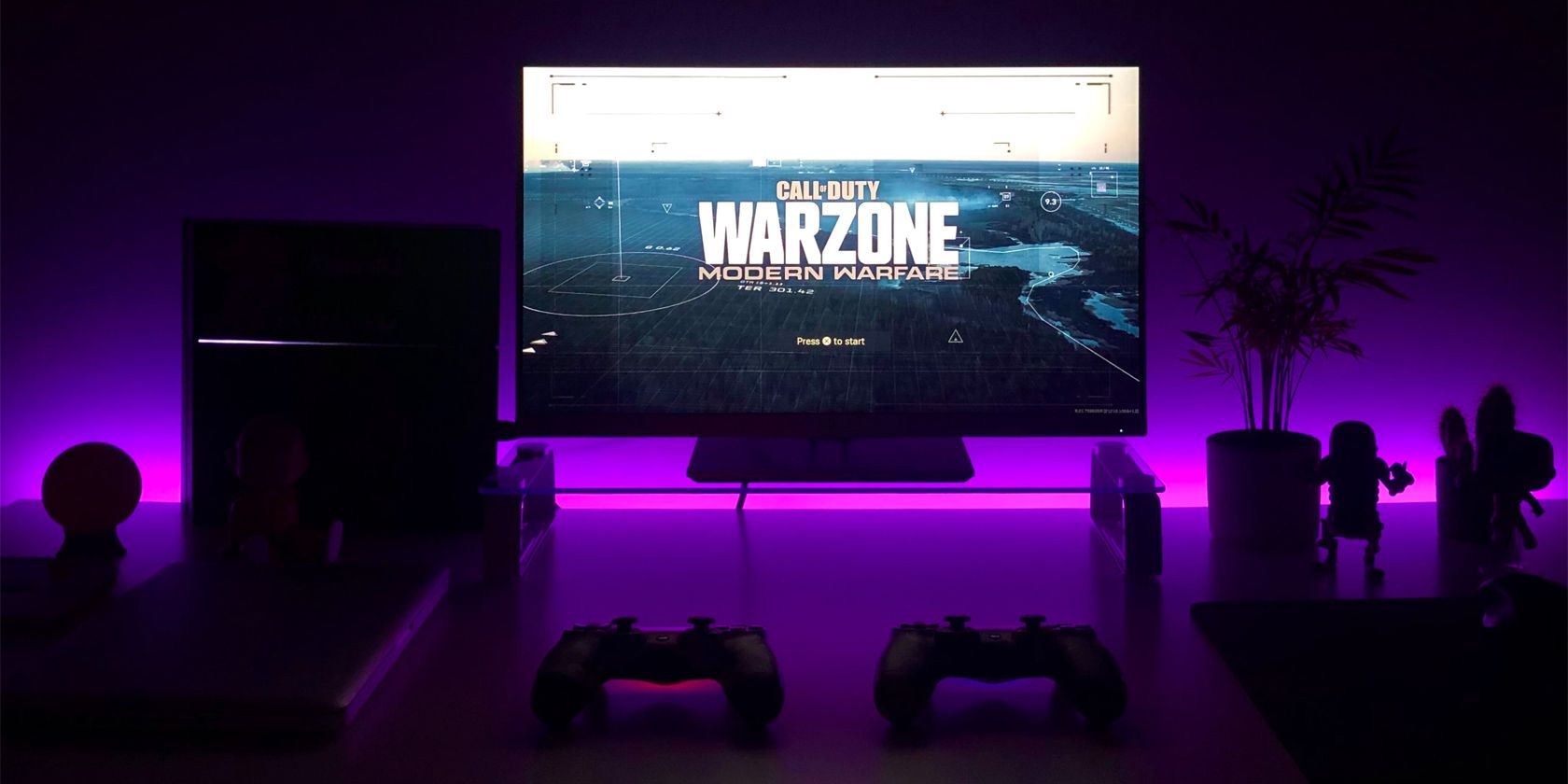In late July 2021, manufacturers stopping shipping certain gaming PC models to several US states, notably California. This is because of new power consumption regulations that came into law earlier in the month.
The "sudden" change caused an uproar among the gaming community because of the perceived ban on some of the best gaming equipment. But what many don’t know is that this has been coming a long time—since 2016, to be exact.
So, what exactly is the purpose of the prohibition? And why is California's ban on high-end PC hardware a blessing in disguise?
Title 20: The California Appliance Efficiency Regulation
The regulation that had gamers up in arms is under the California Code of Regulations. The specific rule is under Section 1605.3(v)(5), Chapter 4 of Title 20, but is more popularly known as Title 20 Appliance Efficiency Regulations.

The Title 20 Regulation doesn’t just cover the power consumption of computers. It generally regulates almost all appliances, including refrigerators, air conditioners, heaters, plumbing, lamps and bulbs, traffic lights, dishwashers, computers and TVs, battery chargers, and more.
The California State adopted this rule in 2016, which became effective on January 1, 2019, for desktop and laptop computers via its Tier-I Standards. Its Tier-II Standards then applied on July 1, 2021.
Basically, this is what the regulators wish to achieve: for computers to run efficiently. These regulations are also designed to be cost-effective and technically feasible. This ensures that changes made to systems will have little or no effect on performance.
The state even included an Energy Consumption Standards matrix that makes it easier to follow.
| Computer Type | For models manufactured on or after January 1, 2019, and before July 1, 2021, the measured annual energy consumption shall be less than or equal to the values below. | For models manufactured on or after July 1, 2021, the measured annual energy consumption shall be less than or equal to the values below. |
| Desktop Computers, mobile gaming systems, and thin clients with an Expandability Score of 250 or less | 50 kWh/yr + applicable adders | 50 kWh/yr + applicable adders |
| Desktop Computers, mobile gaming systems, and thin clients with an Expandability Score of more than 250 but no more than 425 | 80 kWh/yr + applicable adders | 60 kWh/yr + applicable adders |
| Desktop Computers, mobile gaming systems, and thin clients with an Expandability Score of more than 425 but no more than 690 | 100 kWh/yr + applicable adders | 75 kWh/yr + applicable adders |
| Notebook computers and portable all-in-ones | 30 kWh/yr + applicable adders | 30 kWh/yr + applicable adders |
| Minimum power factor of a computer power supply that is not a federally-regulated external power supply | 0.9 measured at full load | 0.9 measured at full load |
A Little Visualization
It might be difficult to imagine what 30 kWh/yr means, so let’s put it into something familiar. A typical LED consumes 5 watts of power. If you keep it on around the clock, it will use 43,200 Watt-hours per year.

That means a typical laptop without a graphics card, a network card, or even RAM should consume the same power as about one and a half LED bulbs. And with our current technology, this is easily attainable.
And this maximum power consumption limit may increase depending on “adders.” These adders are additional units that manufacturers can add—like extra RAM, ethernet cards, secondary storage drives, integrated displays, graphics cards, and more.
On the other hand, the expandability score measures the amount of internal and external interfaces a computer has. So if you want a powerful gaming PC, it most likely has more interface ports. Therefore, your desired computer will have a higher power consumption limit. It might be time to consider figuring out how much power your PC actually uses.
Related: A Quick and Dirty Guide to RAM
Surprised Consumers: Is California Banning Gaming PCs?
When the Tier-II Standards came into effect last July 1, many people were surprised to see this warning on Dell’s website:

Although we can criticize Dell for not preparing for California’s new regulation, we can also argue that these other models are still in demand for the rest of the US. After all, 46 states—which account for 82% of Americans—still allow the sale of these systems.
However, since many people are not familiar with Title 20, it caused alarm among gamers online. Furthermore, some media outlets added fuel to the fire by proclaiming that California is banning gaming PCs. But this news cannot be further from the truth.
The Real Target of Title 20

Consumers who currently own tech that doesn’t conform with state regulations are not affected by this at all. No, SWAT teams will not go around breaking down doors of gamers with power-hungry computers—but you might consider upgrading your old less efficient hardware.
Computer manufacturers are the real targets of this regulation. They can no longer sell laptops and PCs if it doesn’t conform to the state’s specifications. Furthermore, if you look at the expandability scores and adders, powerful gaming PCs will barely be affected.
Here’s an estimated comparison of the allowed power consumption between a basic computer and a powerful, decked-out gaming PC:
| Basic PC | Allowed kWh/yr | Gaming PC | Allowed kWh/yr | |
| Expandability Score | 360 | 60 | 625 | 75 |
| Processor | Intel i5-10400 | 0 | Intel i9-11900KF | 0 |
| Graphics Card | Intel UHD Graphics 630 | 40.62 | NVIDIA GeForce RTX 3090 | 42.11 |
| RAM | 1x 8GB DDR4 2666 MHz | 5.2 | 2x 64GB DDR4 XMP 3400 MHz | 13.6 |
| Storage | 1x 256GB M.2 PCIe NVMe SSD | 0 | 1x 2TB M.2 PCIe NVME SSD 1x 2TB 7200RPM SATA | 2.6 |
| Power Supply | 200W | 0 | 1000W | 0 |
| Wireless Networking | 802.11ac 1x1 WiFi and Bluetooth | 25 | Killer Wi-Fi 6 AX1650 (2x2) 802.11ax Wireless and Bluetooth | 25 |
| Estimated Allowed KWh/yr | 130.82 | 158.31 | ||
Even the lower model's permitted power consumption is enormous, as you can see in this table.
If you crunch the numbers, the most severely affected computers are affordable, low-power computers. Basically, this rule targets business computers typically left on throughout the day, whether it’s being used or not.
High-powered gaming PCs, with their numerous ports, add-ons, and cards, will receive significantly more annual kWh allotment. And if their expandability score is high enough (greater than 690), they are exempt from the regulation altogether.
Related: Laptop vs. Desktop: Which Should You Get?
No, California Isn't Banning Your High-End Gaming Rig
With California, the home of Silicon Valley, and five other states enacting this regulation, manufacturers will have to create more power-efficient technologies. This is actually a win-win situation: consumers won’t use as much power, thus lowering greenhouse emissions. It also means you won’t have to pay as much in electricity bills to run your gaming rig.
If you look at history, California also led the way for cars to improve their MPG ratings and lower their emissions. It’s high time the tech world follows suit. After all, what use would we have for our powerful computers if we don’t have a livable planet?
